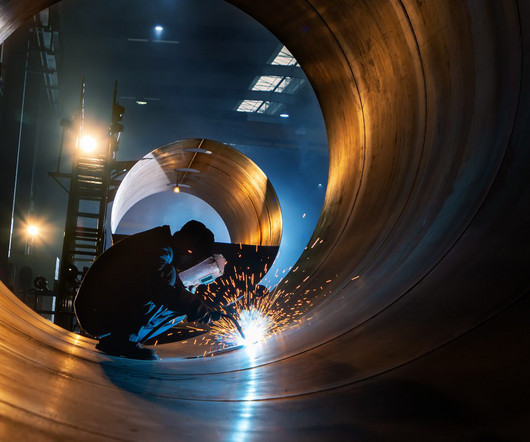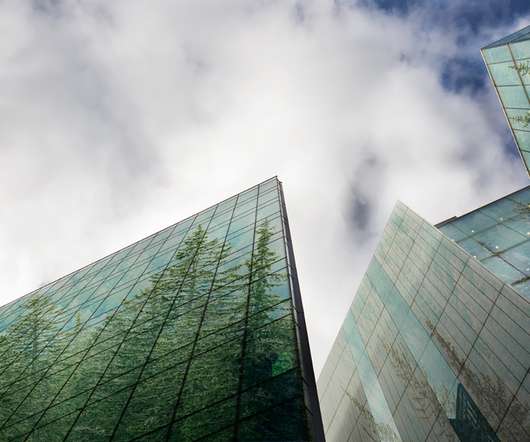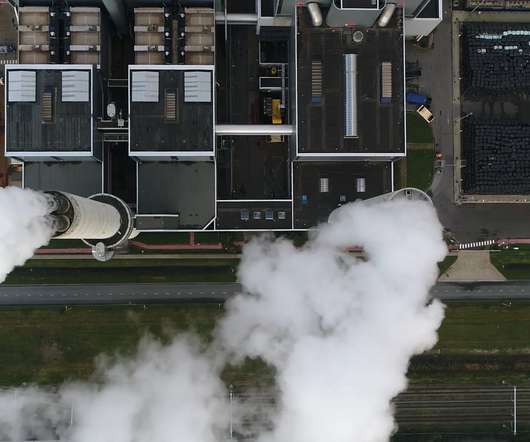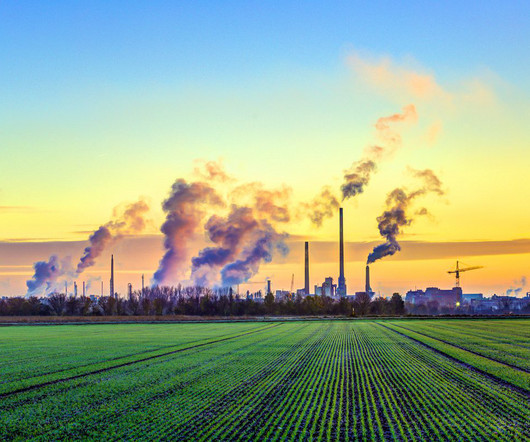Technology not growing fast enough to decarbonize steel and cement industries by 2050
Envirotec Magazine
DECEMBER 11, 2023
A new study appears to show that, for decarbonization goals of steel and cement to be met, and the demand for new green technology to be satisfied, consumption habits need to change. Previous predictions of the quantities of carbon that would be captured from activities like steel production (pictured) have proven to be over-optimistic.
















Let's personalize your content